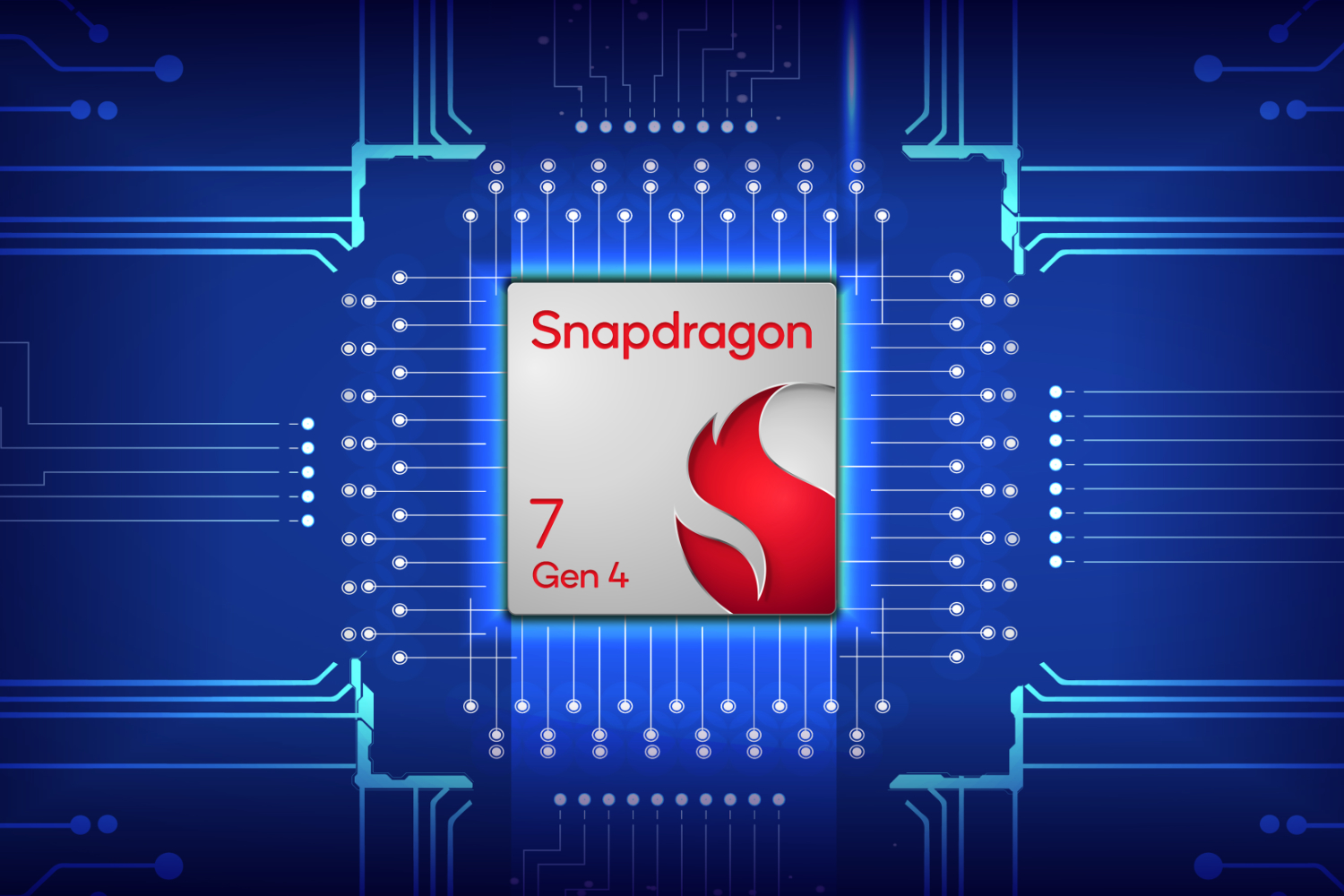The drive to decarbonize our economies through electrification and clean energy continues to generate momentum around battery technologies, as storage has a key role to play in enabling the green transition. While renewables are clean sources of energy compared to burning fossil fuels, their power output isn’t always consistent. In the case of solar — which has seen a massive rise in deployments in recent years — once the sun stops shining on the photovoltaic cells, the electricity generation gets shut off.
One solution for regulating the variability of solar plants is to store energy when there’s a glut (during daylight hours). This way, the stored power can be made available at other times, including to serve periods of higher demand — which are also, typically, later in the day when there’s less sunshine around.
Moonwatt, a clean tech startup founded in September last year in the Netherlands, is working on a battery-based energy storage system that’s co-located with, and optimized for, solar power plants to help them manage this variability. The team designed dedicated battery enclosure hardware, inverter power electronics to connect to the grid and the software needed to integrate and manage the storage system.
The startup says its approach will enable solar plants to increase their revenue by being able to sell more solar energy (including when the price of energy is more attractive) and decrease costs at the plant level because the design mutualizes some of the electrical infrastructure. Target solar plants are those producing at least a few hundred kilowatts of energy — so basically anything other than residential photovoltaics deployments.
Notably, Moonwatt’s system is being built around sodium-ion cells for the batteries that will store the solar energy. The technology offers an enticing alternative to lithium-ion since production relies on cheaper (and easier to source) raw materials, helping to keep costs down.
While sodium-ion batteries can have size and weight challenges owing to being lower density than lithium-ion cells — making certain applications challenging (such as mobility/EVs, where weight is an important consideration) — the technology has been gaining traction as a lower cost storage option for renewables where conditions are more favorable, given these are stationary installations at sites with plenty of space to install kit.
Getting more juice out of PV
Moonwatt’s pitch to solar power plants is that their energy storage system allows them to increase their capacity factor up to 80%. Plants that buy in will be able to double their internal rate of return (IRR), they also suggest.
“Basically, what we allow our partner to do is to double their return,” co-founder and chief commercial officer, Valentin Rota, tells News. “So in AAA [credit-rating] country, I would say an average PV [photovoltaic] asset is around, let’s say 8% to 12% return — IRR — and we will bring the asset up to around 20%.”
The startup’s founding trio — along with CEO Zukui Hu and CTO Guillaume Mancini — met while working on battery tech for Tesla almost a decade ago. They have continued working together since then at different employers and across various projects, including gaining experience on small-scale, off-grid solar storage.
“We started to see this application first starting on what we call micro grids, so usually a small grid-resistant generator,” recounts Rota. “But as the cost of batteries went down and the cost of storage went down actually those applications started to arrive in bigger countries on bigger grids, and it’s really driven by the fundamental pace of solar.”
The founders had also worked together at battery manufacturer Freyr (since rebranded as Ti Energy). And once they saw costs moving in the right direction Rota says the spark for setting up Moonwatt — named for an energetic play on ‘moonshot’, we presume — was realizing that they could combine their knowledge of battery hardware and applying battery technologies to power up solar storage gains.
“We realized that this application — solar storage — is the backbone of the future world power grid, but there is no product dedicated to it yet,” he says. “So that’s what Moonwatt is about: it’s about making the first solar-dedicated battery storage product.”
As the volume of solar energy being produced globally continues to surge the startup’s bet is that the industry will start looking for dedicated storage rather than making do with a “cookie cutter” product.
Moonwatt’s “big differentiators”, per Rota, include the use of sodium-ion battery technology — which he says offers better scalability, cost reduction and carbon footprint reduction than lithium-ion.
The design of their storage system also uses a distributed architecture (rather than being centralized), making it easier for plants to integrate as he tells it. He also says the approach they’re taking allows for greater efficiency and a reduction in the cost of dispatchable electricity thanks to connecting storage much closer to panels that are at peak output.
“Our overarching goal, using these three features, is to reduce the cost of electricity of these dispatchable solar plants,” he adds.
Seed funding to step on the gas
While it’s still early for this (just) months-old business and its prototype product, Moonwatt has now closed an €8 million seed funding round (around $8.3 million at current exchange rates) to step on the gas and get their storage tech to market — starting with a pilot installation that’s being planned for somewhere in Europe next year. They then expect to be in a position to do their first commercial deployments in 2027.
The seed round is co-led by Daphni and LEA Partners, with participation from Founders Future, AFI Ventures (by Ventech) and Kima Ventures, alongside strategic business angels and customers.
Commenting in a supporting statement, Paul Bazin, Partner at Daphni, suggests Moonwatt’s approach is “the breakthrough the industry has been missing.”
“Renewable power growth has exceeded all expectations, but we’re approaching a tipping point where it won’t be able to scale further without better energy storage,” he said. “Created by industry veterans, Moonwatt is solving this with a differentiated storage product built specifically for solar.”
“We very much nurture an ambition to be a gigawatt-hour player, a large-scale player because we want to make an impact,” Rota also tells us. “And with the scale comes costs. And we know that in this industry it’s a bottom-line-driven business, so we have to be cost competitive.”
Rota says the decision to focus on solar energy boils down to attractive economics and the already broad uptake of this type of renewable energy.
“Solar is interesting because it’s — on a cost per megawatt hour basis — very competitive and getting more so,” he notes. “But it’s also that solar is a bit more ubiquitous. It’s being deployed in more than 120 countries per year already.”
Optimizing just for solar means the startup can fully focus on making design choices that are intended to help plants get the most out of their asset, including when it comes to shrinking the costs of connecting their energy to the grid.
“Looking ahead, the way to reduce [solar energy] costs is by reducing the overall balance of plant costs. So you need to reduce the number of transformer cable, etc. And the way you do this is you couple the solar and the storage, not at medium voltage level, but actually at low voltage level — really next to each other,” he suggests.
“By doing so, they share the same electrical infrastructure to connect to the grid. And if we extend a bit the view to more like a country level, this optimizing the use of grid capacity is also something we will have to do. Because, today, a stand alone solar plant uses its grid capacity only about 20% of the time, but when you add storage behind the meter, you can really shift energy usage around so you make a more efficient use of this grid capacity.”
The startup business at hand is also about helping solar plants switch from being developers with a feed in tariff to — “almost” — becoming energy traders with a flexible asset, he adds.










